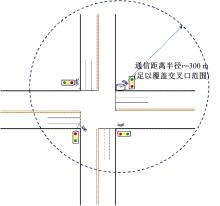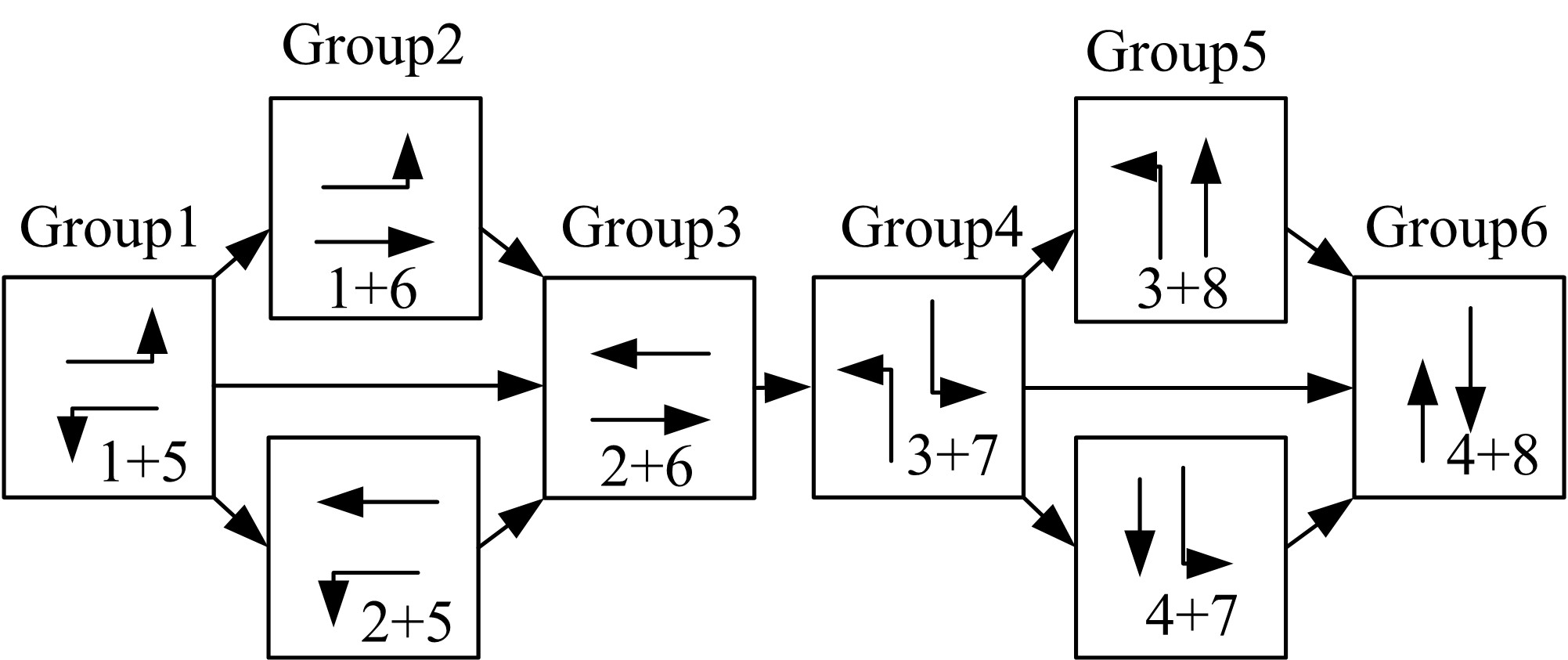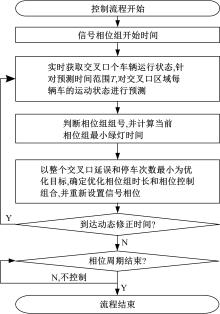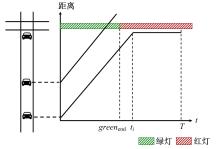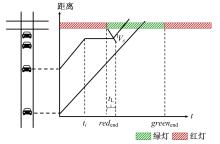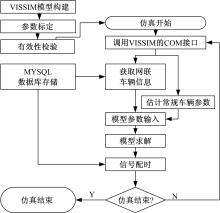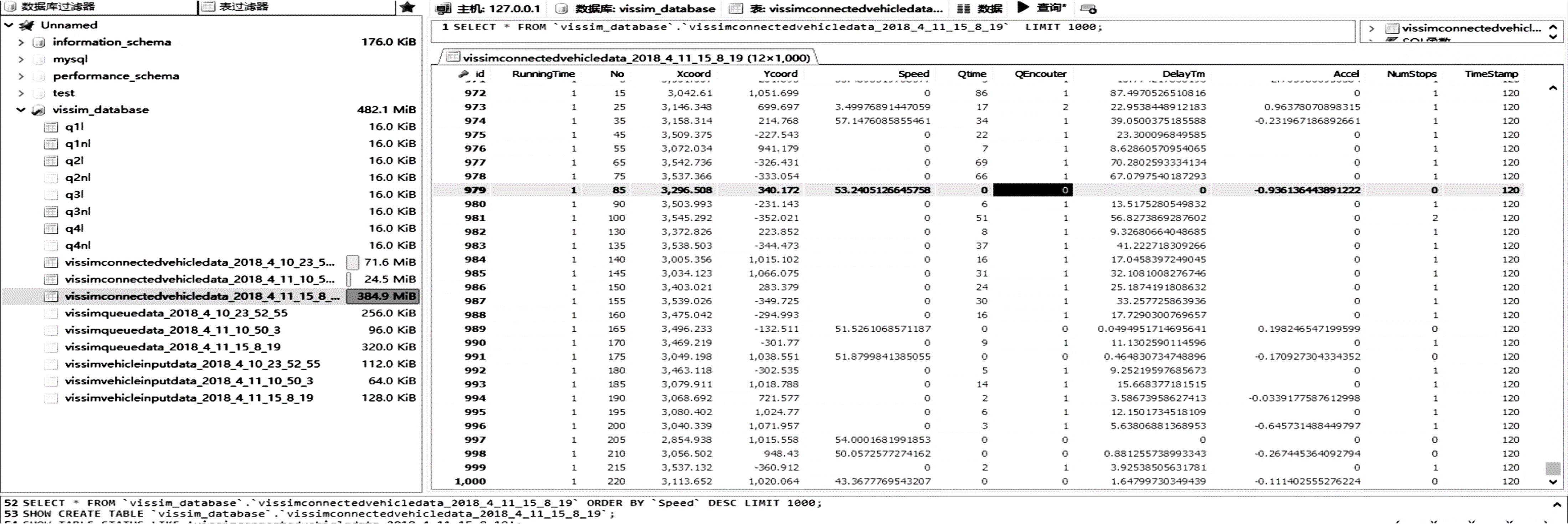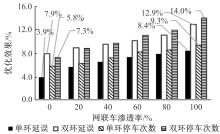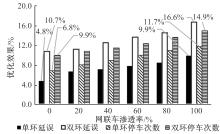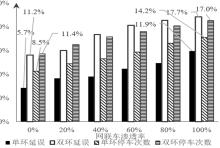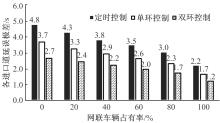Journal of Jilin University(Engineering and Technology Edition) ›› 2021, Vol. 51 ›› Issue (2): 541-548.doi: 10.13229/j.cnki.jdxbgxb20191126
Double⁃ring adaptive control model of intersection during intelligent and connected environment
Jian ZHANG1,2,3,4( ),Kun-run WU1,2,3,Min YANG1,2,3,Bin RAN1,2,3
),Kun-run WU1,2,3,Min YANG1,2,3,Bin RAN1,2,3
- 1.Jiangsu Key Laboratory of Urban ITS,Southeast University,Nanjing 210096,China
2.Jiangsu Province Collaborative Innovation Center of Modern Urban Traffic Technologies,Nanjing 210096,China
3.Jiangsu Province Collaborative Innovation Center for Technology and Application of Internet of Things,Nanjing 210096,China
4.School of Engineering,Tibet University,Lhasa 850000,China
CLC Number:
- U491
| 1 | NHTSA. Automated vehicles for safety[EB/OL]. [2019-12-11]. |
| 2 | Hu J, Park B, Lee Y, et al. Coordinated transit signal priority supporting transit progression under connected vehicle technology[J]. Transportation Research Part C-emerging Technologies, 2015, 55(Sup.1): 393-408. |
| 3 | Li Z, Elefteriadou L, Ranka S, et al. Signal control optimization for automated vehicles at isolated signalized intersections[J]. Transportation Research Part C—Emerging Technologies, 2014, 49(12): 1-18. |
| 4 | Guler S I, Menendez M, Meier L, et al. Using connected vehicle technology to improve the efficiency of intersections[J]. Transportation Research Part C—Emerging Technologies, 2014, 46(9): 121-131. |
| 5 | 冉斌, 谭华春, 张健, 等. 智能网联交通技术发展现状及趋势[J]. 汽车安全与节能学报, 2018, 9(2): 119-130. |
| Ran Bin, Tan Hua-chun, Zhang Jian, et al. Development status and trend of connected automated vehicle highway system[J]. Journal of Automotive Safety and Energy, 2018, 9(2): 119-130. | |
| 6 | Zhang J, Dong S Y, Li Z B, et al. An eco-driving signal control model for divisible electric platoons in cooperative vehicle-infrastructure systems[J]. IEEE Access, 2019, 7: 83277-83285. |
| 7 | 林培群, 卓福庆, 姚凯斌, 等.车联网环境下交叉口交通流微观控制模型及其求解与仿真[J].中国公路学报, 2015, 28(8): 82-90. |
| Lin Pei-qun, Zhuo Fu-qing, Yao Kai-bin, et al. Solving and simulation of microcosmic control model of intersection traffic flow in connected-vehicle network environment[J]. China Journal of Highway and Transport, 2015, 28(8): 82-90. | |
| 8 | Meng Y, Li L, Wang F Y, et al. Analysis of cooperative driving strategies for non-signalized intersections[J]. IEEE Transactions on Vehicular Technology, 2017, 67(4): 2900-2911. |
| 9 | 李烨, 王炜, 邢璐, 等.自动巡航与可变限速协同控制对高速公路基本路段通行效率的改善[J]. 吉林大学学报: 工学版, 2017, 47(5): 1420-1425. |
| Li Ye, Wang Wei, Xing Lu, et al. Improving traffic efficiency of highway by integration of adaptive cruise control and variable speed limit control[J]. Journal of Jilin University (Engineering and Technology Edition), 2017, 47(5): 1420-1425. | |
| 10 | Do W, Rouhani O M, Mirandamoreno L F, et al. Simulation-based connected and automated vehicle models on highway sections: a literature review[J]. Journal of Advanced Transportation, 2019, 26(4): 1-14. |
| 11 | Papadoulis A, Quddus M A, Imprialou M, et al. Evaluating the safety impact of connected and autonomous vehicles on motorways[J]. Accident Analysis & Prevention, 2019, 124(3): 12-22. |
| 12 | Rahman S, Abdelaty M, Lee J, et al. Safety benefits of arterials' crash risk under connected and automated vehicles[J]. Transportation Research Part C—Emerging Technologies, 2019, 100(3): 354-371. |
| 13 | 姚荣涵, 刘美妮, 徐洪峰.信号控制交叉口车均延误模型适用性分析[J]. 吉林大学学报: 工学版, 2016, 46(2): 390-398. |
| Yao Rong-han, Liu Mei-ni, Xu Hong-feng. Applicability analysis of vehicle delay models for isolated signalized intersection[J]. Journal of Jilin University (Engineering and Technology Edition), 2016, 46(2): 390-398. |
| [1] | Yi-ming BIE,Kai JIANG,Ru-ru TANG,Lin-hong WANG,Xin-yu XIONG. Time of interval partition for traffic control at isolated intersection considering impacts of plan transition [J]. Journal of Jilin University(Engineering and Technology Edition), 2019, 49(6): 1844-1851. |
| [2] | Da-yi QU,Yan-feng JIA,Dong-mei LIU,Jing-ru YANG,Wu-lin WANG. Dynamic partitioning method for road network intersection considering multiple factors [J]. Journal of Jilin University(Engineering and Technology Edition), 2019, 49(5): 1478-1483. |
| [3] | Xiao⁃qin LUO,Dian⁃hai WANG,Sheng JIN. Traffic signal actuated control at isolated intersections for heterogeneous traffic [J]. Journal of Jilin University(Engineering and Technology Edition), 2019, 49(3): 695-704. |
| [4] | XU Hong-feng, GAO Shuang-shuang, ZHENG Qi-ming, ZHANG Kun. Hybrid dynamic lane operation at signalized intersection [J]. 吉林大学学报(工学版), 2018, 48(2): 430-439. |
| [5] | SU Shu-jie, HE Lu. Transient dynamic congestion evacuation model of pedestrian at walk traffic planning crossroads [J]. 吉林大学学报(工学版), 2018, 48(2): 440-447. |
| [6] | CHEN Song, LI Xian-sheng, REN Yuan-yuan. Adaptive signal control method for intersection with hook-turn buses [J]. 吉林大学学报(工学版), 2018, 48(2): 423-429. |
| [7] | YAO Rong-han, ZHANG Xiao-tong, LIAN Lian. Optimization model for controlling reversible approach lanes at signalized intersections [J]. 吉林大学学报(工学版), 2017, 47(4): 1048-1054. |
| [8] | QU Zhao-wei, CAO Ning-bo, CHEN Yong-heng, BAI Qiao-wen, ZHAO Li-ying, LUO Rui-qi. Modeling of pedestrians' crossing position distribution considering violating pedestrians [J]. 吉林大学学报(工学版), 2017, 47(3): 744-750. |
| [9] | QU Zhao-wei, BAI Qiao-wen, CHEN Yong-heng, CAO Ning-bo, KANG Meng, WEI Fu-lu. Model of left-turn guide line at right-angled intersection with permitted left-turning phase [J]. 吉林大学学报(工学版), 2017, 47(2): 414-419. |
| [10] | Cui Lin-lin, Song Ping, SHI Geng-chen. Acoustic localization algorithm and accuracy analysis based on region division [J]. 吉林大学学报(工学版), 2017, 47(1): 288-293. |
| [11] | ZHOU Xi-yang, YANG Zhao-sheng, ZHANG Wei, BING Qi-chun, SHANG Qiang. Urban shortest path searching algorithm considering coordinate control of arterial intersections [J]. 吉林大学学报(工学版), 2016, 46(6): 1799-1806. |
| [12] | LIANG Shi-dong, ZHAO Shu-zhi, MA Ming-hui, LIU Hua-sheng, LU Chun-xiu. Impacts of linear bus stop on bus delays [J]. 吉林大学学报(工学版), 2016, 46(6): 1807-1817. |
| [13] | QU Zhao-wei, CAO Ning-bo, CHEN Yong-heng, BAI Qiao-wen, SUN Lei. Overflow characteristics of pedestrian crossing at signalized intersections [J]. 吉林大学学报(工学版), 2016, 46(5): 1432-1438. |
| [14] | CHEN Yong-heng, ZHU Zi-bo, QU Zhao-wei, WANG Xin-hui, SUN Lei. Release characteristics of separate dual left-turn lanes [J]. 吉林大学学报(工学版), 2016, 46(3): 751-755. |
| [15] | JIA Li-min, CHEN Na, LI Hai-jian, DONG Hong-hui. Intersection queue length estimation with single magnetic sensor [J]. 吉林大学学报(工学版), 2016, 46(3): 756-763. |
|
||
